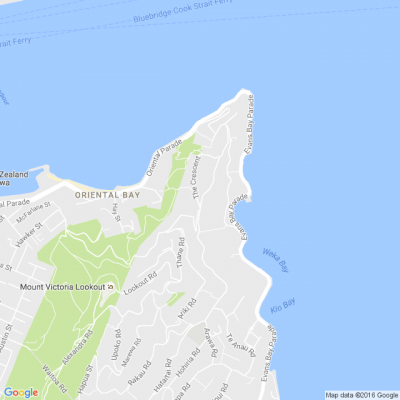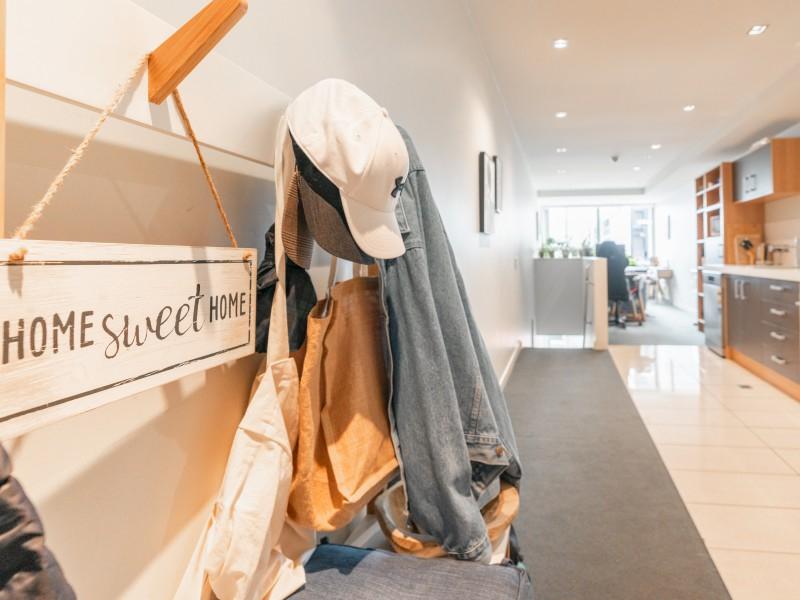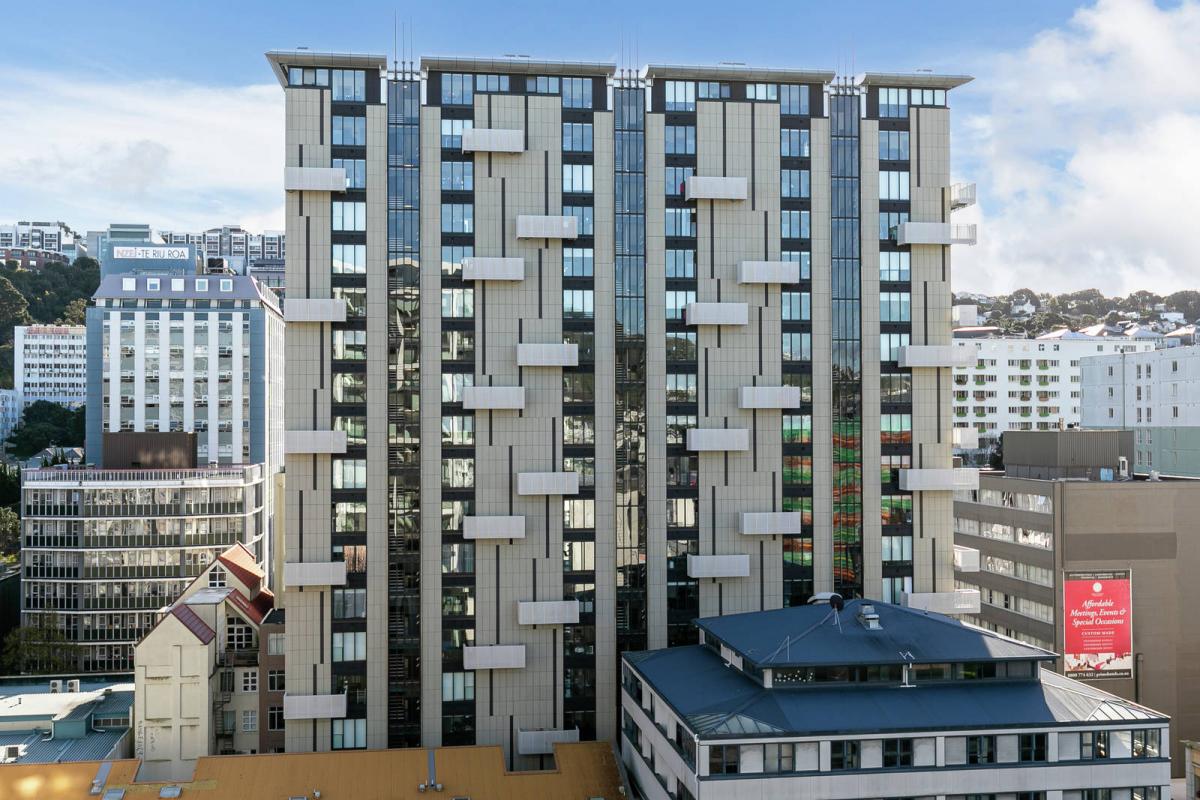Cable Car turns 119
Wellington’s Cable Car is turning 119 this month.
Here are some interesting facts and figures.
- The Cable Car is a funicular railway rising 120 metres over a length of 609 metres. The line rises at a constant grade of 1 in 5 (18%), through three tunnels and over three bridges.
- The Cable Car has two cars, which start from opposite ends of the line and pass in the middle. They are attached to each other by a 30 mm diameter cable, guided by 120 rollers, which runs round a pulley at the top of the hill.
-The normal operating speed is 14.5 kmh, with a maximum load of about 75 passengers. Each car weighs about 13 tonnes when empty and 20 tonnes when full.
- It is used by about 1.1 million people each year.
- The original Cable Car railway was built and operated by the Kelburne & Karori Tramway Company. The line opened to the public on 22 February 1902.
- The hilltop location of Victoria University’s main campus was influenced by the company’s offer of a donation of £1000 if the university were located in Kelburn, so students would patronise the car when travelling between the city and the university.
- The designer of the system was James Fulton, a Dunedin-born engineer who had earlier helped build and operate the privately-owned Wellington-Manawatu railway.
- The Cable Car’s original steam-powered winding gear was replaced by an electric motor in 1933.
- In the 1940s the Cable Car suffered from increased competition: City Council buses ran to Karori and other western suburbs, bypassing it. The company believed that it was wrong for the City Council to compete with a private company, and a legal dispute broke out. The argument ended when the City Council agreed to purchase the company in 1947.
- The safety of the original Cable Car system, including its antique carriages, became a major issue in the 1970s. At that time the Ministry of Works concluded that aspects of the Cable Car were unsafe, particularly the use of unbraked trailers, and called for the system to be scrapped. Luckily for us, instead the Cable Car was replaced in 1979 with the design that we have today.
- Since the replacement, each car has completed over 993K trips, which is a total distance of over 605,000 km. That is 15 times around the earth, or 290 trips from Bluff to Cape Reinga
Poll: Should all neighbours have to contribute to improvements?
An Auckland court has ruled a woman doesn’t have to contribute towards the cost of fixing a driveway she shares with 10 neighbours.
When thinking about fences, driveways or tree felling, for example, do you think all neighbours should have to pay if the improvements directly benefit them?

-
82.3% Yes
-
15% No
-
2.7% Other - I'll share below
What's your favourite recipe for courgettes?
Kia ora neighbours. If you've got a family recipe for courgettes, we'd love to see it and maybe publish it in our magazine. Send your recipe to mailbox@nzgardener.co.nz, and if we use it in the mag, you will receive a free copy of our January 2025 issue.

Live Q&A: Garden maintenance with Crewcut
This Wednesday, we are having another Neighbourly Q&A session. This time with John Bracewell from Crewcut.
John Bracewell, former Black Caps coach turned Franchisee Development Manager and currently the face of Crewcut’s #Movember campaign, knows a thing or two about keeping the grass looking sharp—whether it’s on a cricket pitch or in your backyard!
As a seasoned Crewcut franchisee, John is excited to answer your lawn and gardening questions. After years of perfecting the greens on the field, he's ready to share tips on how to knock your garden out of the park. Let's just say he’s as passionate about lush lawns as he is about a good game of cricket!
John is happy to answer questions about lawn mowing, tree/hedge trimming, tidying your garden, ride on mowing, you name it! He'll be online on Wednesday, 27th of November to answer them all.
Share your question below now ⬇️









 Loading…
Loading…























